TRP Evo Pro Brakes
Intended Use: Trail, Enduro, DH
Features:
- Four-piston caliper (shared with the DH-R Evo)
- New lever with reach adjust, “Pad Activation Dial”
- Mineral oil fluid
Stated Weight: 309 g (front) / 323 g (rear)
Blister’s Measured Weight: 315 g (front) / 330 g (rear)
MSRP: $280 (black) / $290 (silver) / $300 (gold), per brake
Bolted to: Geometron G1 & Contra MC
Reviewer: 6’, 160 lbs / 183 cm, 72.6 kg
Test Locations: Washington & British Columbia
Test Duration: 7 months

Intro
TRP’s DH-R Evo brakes have been popular options for their solid power, super-linear power delivery, and good consistency, but a lot of folks (myself included) have griped about their reach adjustment range going from “farther from the bar than I’d like” to “were these designed for humans?”
The new Evo Pro brakes mate the familiar DH-R Evo caliper to a new lever assembly that can be run much closer to the bar, adds a contact point adjuster, and gets a variety of other ergonomic and performance tweaks. Here’s our take on how all that comes together on the trail.
[For the full rundown on the design of the Evo Pro brakes and their XC-oriented Evo X siblings, check out our First Look covering both of them.]
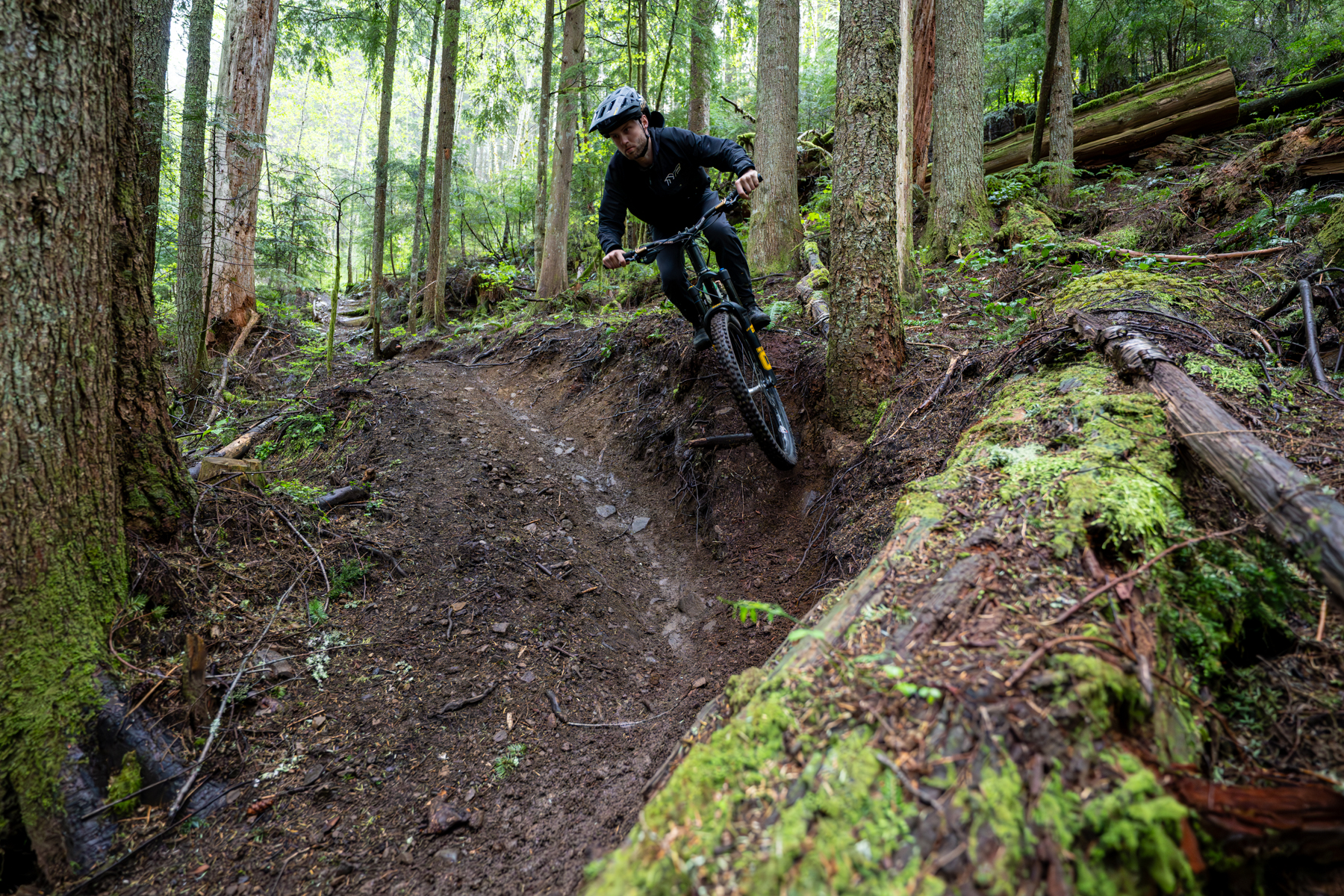
On-Trail Performance
The one-sentence version of this review is that the Evo Pro brakes are a whole lot like the longstanding DH-R Evo, with a more usable reach adjustment range and some other ergonomic improvements.
One-sentence reviews aren’t how we do things, though, so let’s take a closer look.
The glibness of that opening sentence notwithstanding, the ergonomic changes to the Evo Pro are by far the biggest part of the story here. First, TRP has both moved the lever pivot point closer to the bar and reshaped the lever blade so that the overall reach range is shifted substantially closer to the bar than that of the DH-R Evo. There’s still a lot of adjustability, and you can run a fairly long reach if you want to, but you can also set up the Evo Pros to engage quite close to the bar — something that wasn’t possible on the DH-R Evo.
[For the record, the DH-R Evo is sticking around and got a slight price drop with the launch of the Evo Pro. If you run the DH-R Evo with the reach adjuster set to the long end of the range, you’ve still got that option. And if that’s you, please drop a line in the comments. I’m genuinely curious.]
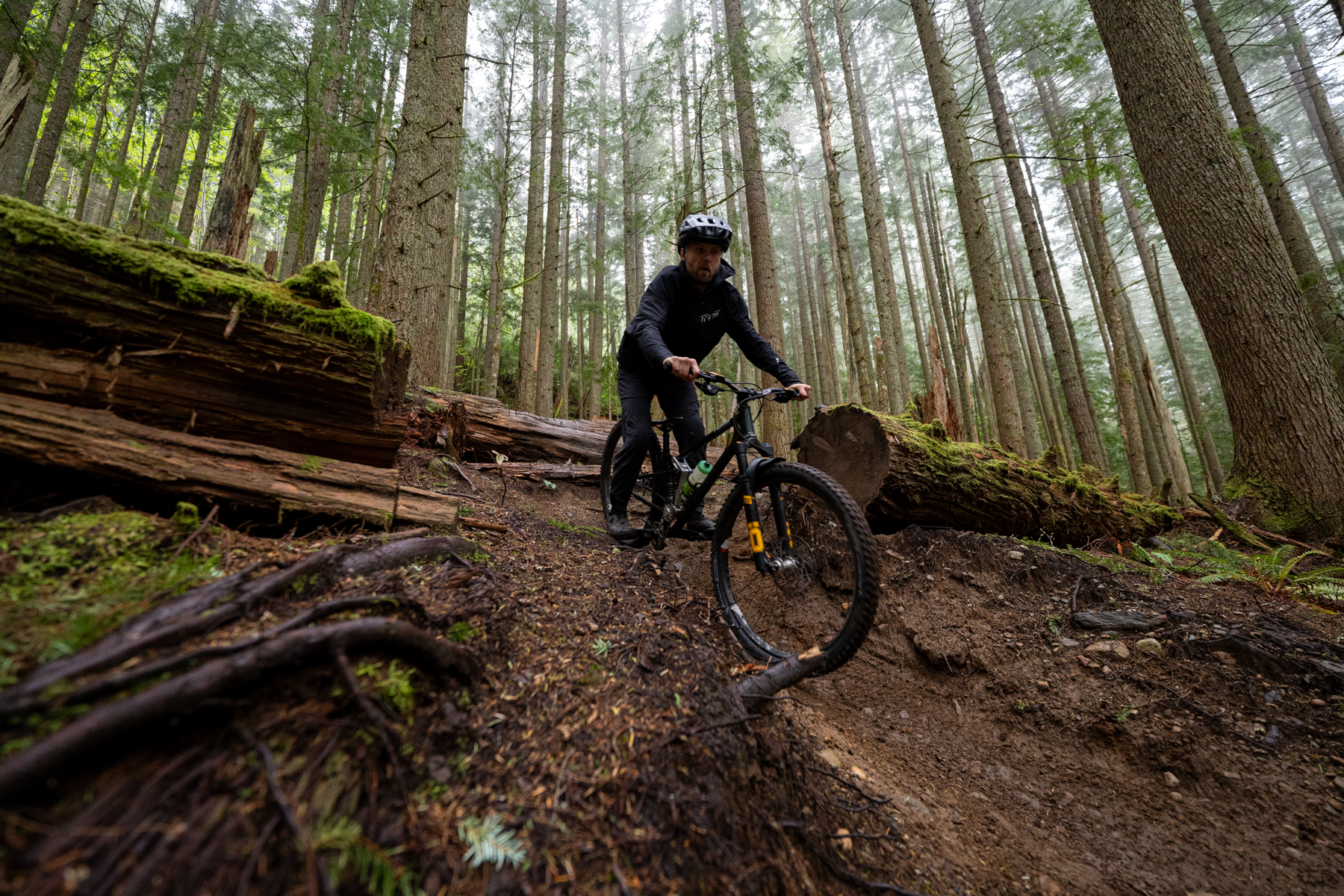
The lever blade on the Evo Pro feels fairly similar to that of the DH-R Evo in terms of its cross-section profile, but the hook on the end of the Evo Pro blade is more pronounced, and the flat face where your finger rests is angled such that it winds up roughly parallel to the bar at the bite point, with the reach adjuster wound in as close to the bar as possible. On the DH-R Evo, that face sloped outward significantly at the shorter reach settings, making the grip on the end of the lever blade feel less secure. The relocation of the lever pivot point so that it’s closer to the bar helps there, too — and is a common design feature on a lot of newer brakes, including the latest Shimano XTR ones, for that reason.
One other nice update to the Evo Pro lever is the relocation of the clamping bolt to the front of the bar. On the DH-R Evo lever, the bolt sits below the bar, and my thumb occasionally rubs on it, which isn’t the most comfortable. It doesn’t happen often and isn’t a huge deal — there aren’t any particularly sharp edges on the clamp area or anything like that — but there are no such issues on the Evo Pro lever.
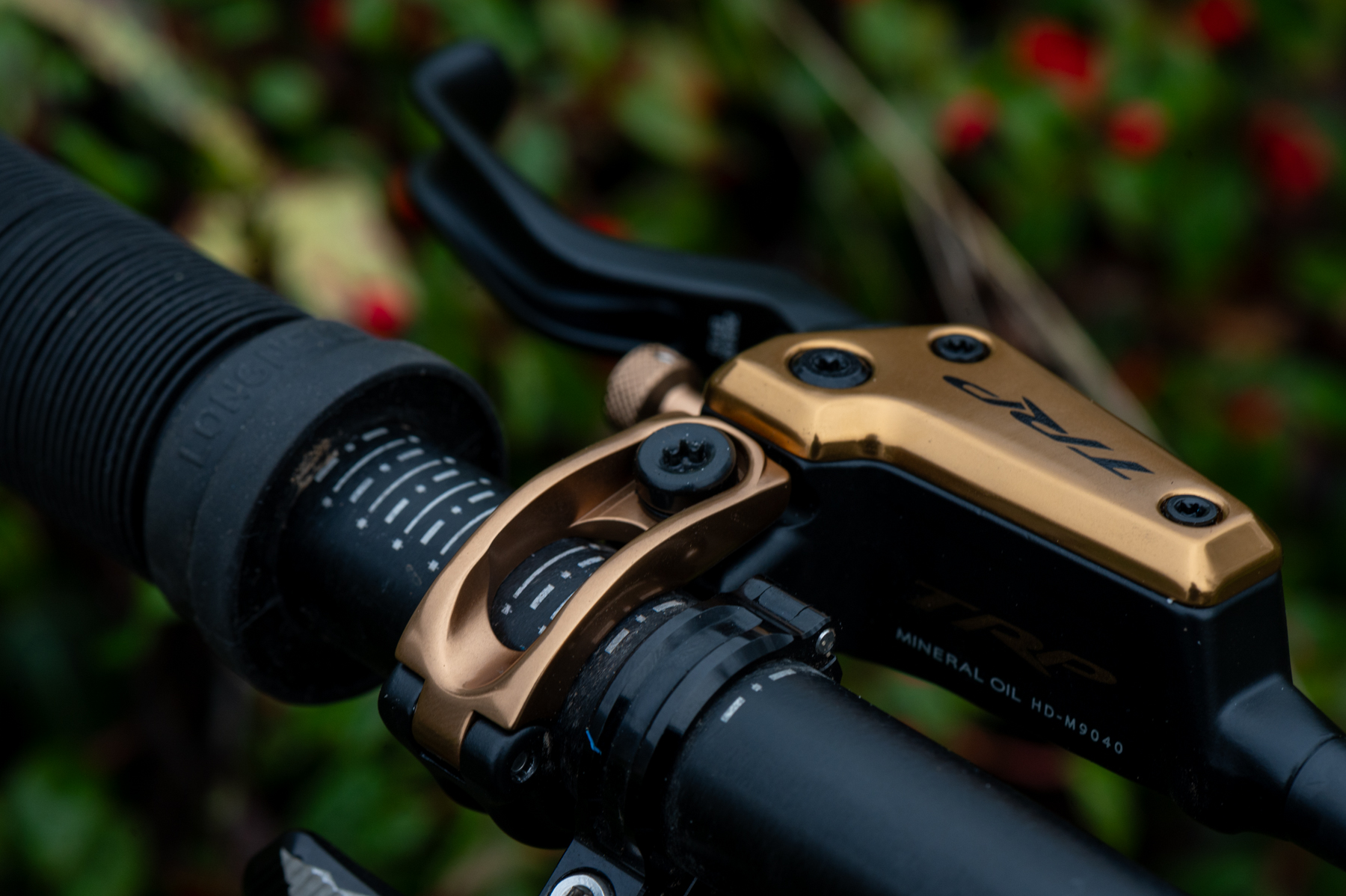
The lever action of the Evo Pro feels largely similar to that of the DH-R Evo. The free stroke is somewhat light (but less so than class leaders on that front, like the Hayes Dominion A4 and Trickstuff Maxima), and the lever firmness ramps up gradually at the bite point, but becomes fairly firm as you pull harder. The biggest difference on that front is that the feel of the bite point doesn’t vary much on the Evo Pro across the reach range, as it does on the DH-R Evo. The Evo Pro gets a new reach adjuster mechanism that doesn’t vary the brake’s leverage at the bite point based on the reach setting, as is the case with the DH-R Evo.

Rather than being a byproduct of the reach setting, the feel at the bite point is now independently adjustable via a new contact point adjuster. At one end of the range, the free stroke is shorter and the bite point firmer; moving the contact point in both makes the free stroke longer and softens the bite point (in much the same way that the reach adjuster on the DH-R Evo does — the mechanical leverage at the bite point changes with the adjuster). The range of bite point adjustability on both feels about the same, but it’s much more useful on the Evo Pro, since it’s not tied to the reach.
As a result, there’s also a little more power on offer with the contact point adjuster set to the longer free stroke / softer bite point end of the spectrum, though that change isn’t huge.
And on that note, the DH-R Evo and Evo Pro are pretty close in terms of outright power; if anything, the Evo Pro is a touch stronger (depending a bit on the contact adjuster setting), but it’s not a night-and-day difference by any stretch. The Evo Pro is comfortably in “respectable DH brake” territory on that front, but isn’t as ultra-powerful as the Hope Tech 4 V4, Trickstuff Maxima, or SRAM Maven; it’s in a similar ballpark to the new XTR M9220 brakes and the Hayes Dominion A4.
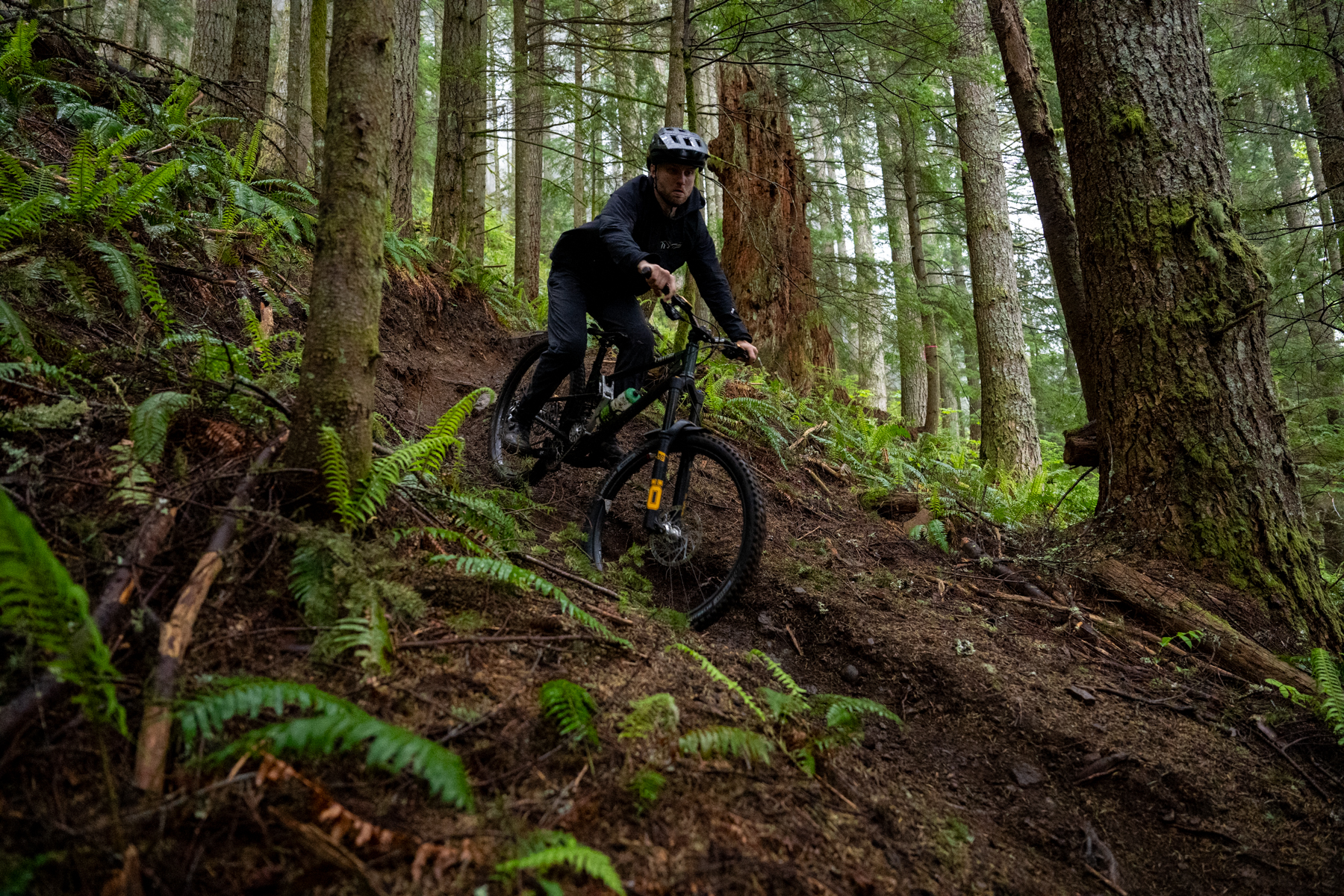
The super-linear power delivery of the DH-R Evo won it a lot of fans, and TRP hasn’t changed the Evo Pro much on that front. The Evo Pro doesn’t come on all that strong when you first hit the bite point, but it builds power consistently and smoothly as you pull harder. Especially if you’re someone who wants a powerful brake, but has found brakes with really sharp power delivery — Shimano’s four-piston offerings over the last decade or so being the most obvious / common examples — to be harder to modulate than you’d like, the Evo Pro brakes warrant a close look. That’s certainly a matter of personal preference — there are valid reasons for liking a sharper initial bite, too — but that linear power delivery is one of the main calling cards of the Evo Pro.
I’m also a fan of TRP’s 2.3 mm thick RS05E rotors. The added thickness adds a bit of weight, but makes a big difference in heat dissipation and fade resistance compared to more conventional rotor thicknesses (typically 1.8 to 2.0 mm or so). The newer RS05E rotors are a noticeable bump up in heat dissipation compared to TRP’s longstanding 2.3 mm thick RS01E design. TRP claims a ~10% power bump as well, but at normal operating temperatures the difference feels modest; the RS05E rotors feel like more of an improvement when the brakes are getting really hot.
While I like the performance of the Evo Pro brakes quite a bit, it hasn’t been entirely smooth sailing: the rear caliper developed a leak around one of the piston seals after a handful of rides, and both ingested some air and contaminated the brake pads in the process. Both the original front caliper and the replacement rear one that TRP sent over have been solid, but we have had similar issues with a few DH-R Evo calipers (which, again, carry over unchanged to the Evo Pro) over the years.
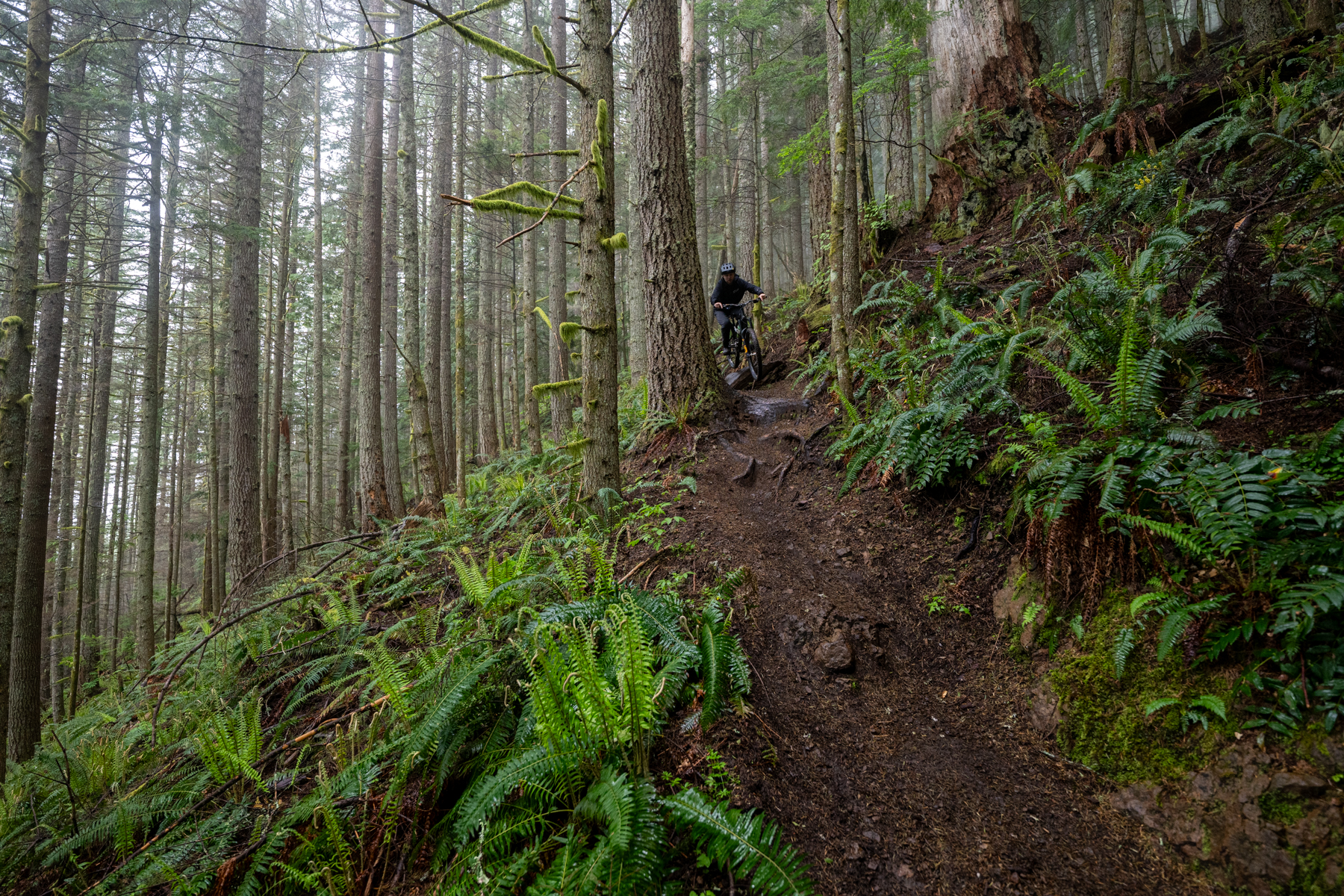
Bottom Line
With the new Evo Pro brakes, TRP has fixed the main gripe a lot of folks (myself included) have with their DH-R Evo brakes — the excessively long reach — while keeping the solid power, super linear delivery, and easy modulation that the DH-R Evo is known for. The Evo Pro also gets some other ergonomic improvements, and one of the more useful contact point adjusters out there.
